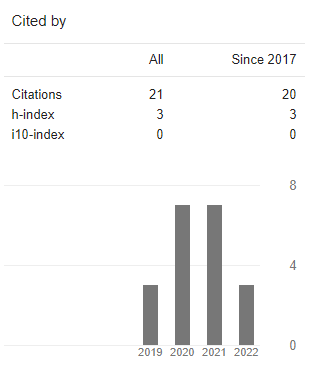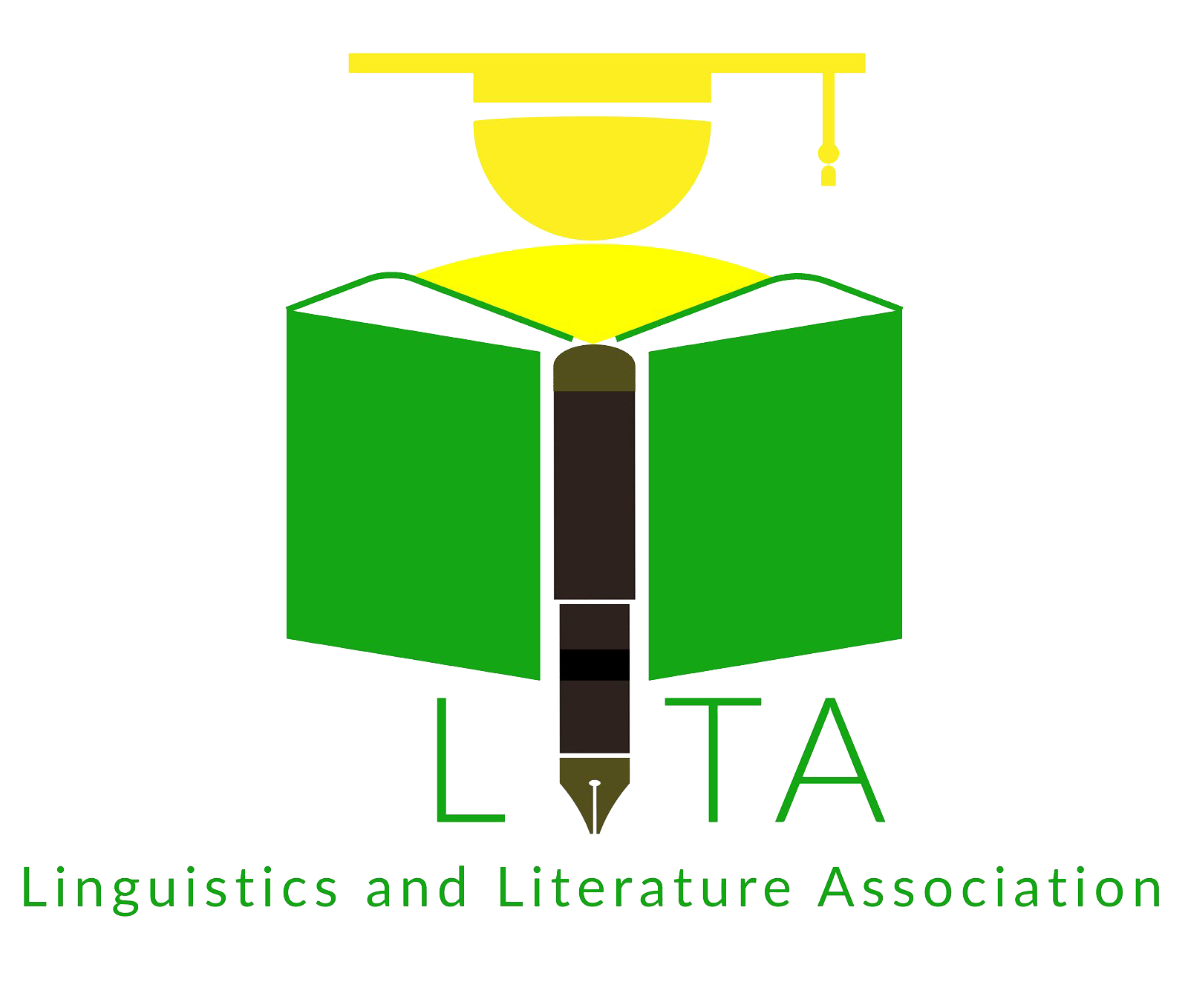How the Subaltern Speaks in Iksaka Banu’s “Di Ujung Belati†: A Postcolonial Study
DOI:
https://doi.org/10.21776/ub.alphabet.2022.05.01.05Keywords:
Keywords, Subaltern, Spivak, Natives, The Dutch, Di Ujung BelatiAbstract
Iksaka Banu’s “Di Ujung Belati is a short story set in the colonial era. The social class system established by the Dutch government at that time makes the natives difficult to speak in various spheres of life. In this study, the short story was discussed using the perspective of subalternity introduced by Spivak. The method used was the literature review method. Based on the discussion, it can be seen that the Dutch put the natives in a subaltern position in terms of gender, economy, and culture. The oppression perceived by the subaltern gives rise to resistance in the form of rebellion and betrayal towards the Dutch government. That rebellion and betrayal is the way the subaltern speaks. Even though they have succeeded in overthrowing the Dutch, the natives are under the domination of another Western power, which is Britain. This shows that the natives are not completely successful in fighting Western hegemony. In relation to the current context of globalization, “Di Ujung Belati†short story can be a form of raising public awareness of the existence of neocolonialism after colonialism is abolished.References
Ahmad, F. A. (2016). Hibriditas Tokoh Belanda dalam Kumpulan Cerpen Semua untuk Hindia Karya Iksaka Banu: Suatu Kajian Poskolonial [Postgraduate Thesis, Universitas Andalas].
Bahardur, I. (2017). Pribumi Subaltern dalam Novel-Novel Pascakolonial. Jurnal Gramatika, 3(2), 89-100.
Banu, I. (2014). Semua untuk Hindia. Kepustakaan Populer Gramedia.
Faruk. (2007). Belenggu Pasca-Kolonial: Hegemoni dan Resistensi dalam Sastra Indonesia. Pustaka Pelajar.
¬¬¬¬Faruk. (2020). Metode Penelitian Sastra Sebuah Penjelajahan Awal. Pustaka Pelajar.
Lestari, W. D., et al. (2018). Kaum Subaltern dalam Novel-Novel Karya Soeratman Sastradihardja: Sebuah Kajian Sastra Poskolonial. Jurnal Widyaparwa, 46(2), 179-188.
Morton, S. (2005). Gayatri Spivak: Subalternitas dan Penalaran Poskolonial. (W. Indiarti, Trans.). Yogyakarta: Hompimpa Digital Publishing.
Ratna, N. K. (2008). Postkolonialisme Indonesia: Relevansi Sastra. Pustaka Pelajar.
Ratna, N. K. (2011). Teori, Metode, dan Teknik Penelitian Sastra dari Strukturalisme hingga Postrukturalisme Perspektif Wacana Naratif. Pustaka Pelajar.
Said, E. (2010). Orientalisme (A. Fawaid, Trans.). Yogyakarta: Pustaka Pelajar.
Sekarningrum, D. G. A. (2016). Perlawanan Perempuan Kolonial terhadap Patriarki dalam Kumpulan Cerpen Semua untuk Hindia Karya Iksaka Banu [Undergraduate Thesis, Universitas Airlangga].
Setiawan, R. (2018). Subaltern, Politik Etis, dan Hegemoni dalam Perspektif Spivak. Jurnal Poetika: Jurnal Ilmu Sastra, 6(1), 13-25.
Spivak, G. C. (1988). Can The Subaltern Speak. Marxism and The Interpretation of Culture, Grossberg dan Nelson (Editor), 66-111.
Udasmoro, W. (2010). Discourse Subaltern dalam masyarakat Interkultural: Mencermati Relasi Gender Jilbab dalam Perempuan Berjilbab di Prancis. Jurnal JSP: Jurnal Ilmu Sosial dan Politik, 14(1), 1-21.




















